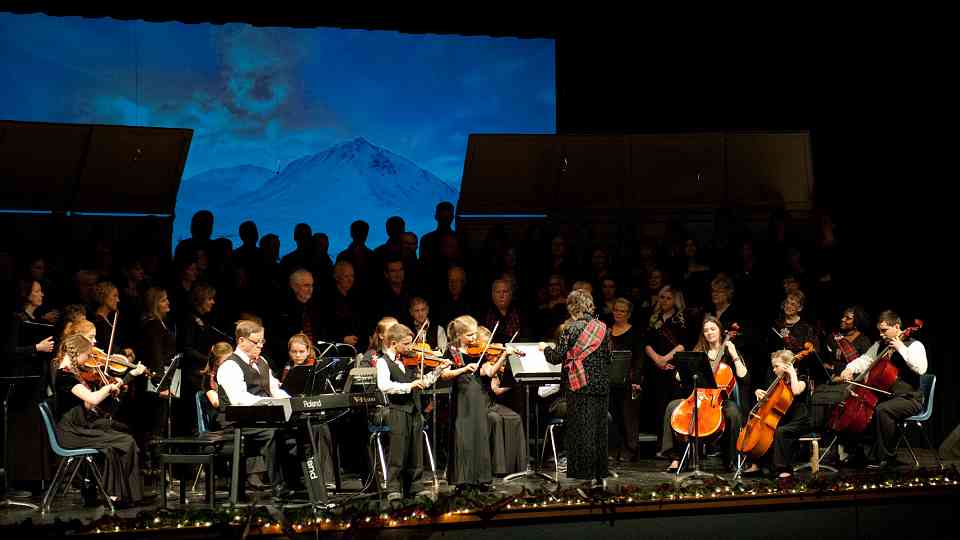 By Flory Godinez - Creston, British Columbia “We’re Canadians—we can do this” This idea of rising to the challenge is what I’ve seen first-hand in my Suzuki string students. When we moved to the Creston Valley three years ago for my husband’s retirement, this American Suzuki teacher had no idea what awaited us, musically. The local string teachers invited me to coffee and I learned that one violin teacher was retiring, one was moving to the Maritimes, and the other two were cutting back their studios. Suddenly I had a studio ranging from beginners through Suzuki book 8. As I worked with the parents and children on tone, technique and interpretation, the opportunity to further develop their music reading skills became apparent. We progressed from sequential sight reading to small ensembles. Then with the addition of viola and cello, we moved to graded orchestra music. I have a library of U.S. graded school orchestra music which is graded differently than the Royal Conservatory system.
In August of last year I was approached by Anita Stushnoff, conductor of the 82-voice Blossom Valley Singers, to accompany the community choir on their weekend of three concerts entitled “A Celtic Christmas.” One piece was very easy and below the level of the students. The other orchestration was unidiomatic for strings and required re-writing. Again that Canadian “can do” spirit prevailed and they played beautifully. The Creston Valley Youth Orchestra was born! What is the value of a youth orchestra to a Suzuki program? In my two years study with Dr. Suzuki in Japan I also observed Mr. Yamashita’s massive student orchestra in Suwa city. So I learned of the precedent for an orchestra in a Suzuki program right in Japan. As students reach the crucial early teen years when many drop out of music, a student orchestra is a powerful music team that can capture the love and desire to make music together with life-long friends.
0 Comments
Leave a Reply. |
 RSS Feed
RSS Feed